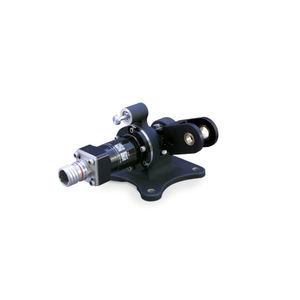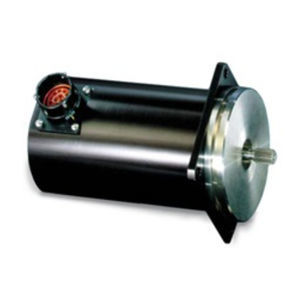
LVDT position sensor linearnon-contactmulti-channel
Add to favorites
Compare this product
fo_shop_gate_exact_title
Characteristics
- Type
- linear
- Contact / non-contact
- non-contact
- Technology
- LVDT
- Other characteristics
- multi-channel
- Applications
- for aircraft
- Domain
- for the aerospace industry
Description
Woodward’s Linear Variable Differential Transformer (LVDT) position sensors have been used for decades in some of the most demanding linear motion sensing applications.
FEATURES & FUNCTIONALITY
Reliability and Ruggedness in Linear Position Sensing
Woodward’s Linear Variable Differential Transformer (LVDT) position sensors have been used for decades in some of the most demanding linear motion sensing applications. LVDT construction is inherently friction free and environmentally resistant, and can be used in dry or pressurized fluid environments. LVDTs are commonly used in flight-critical command and feedback applications such as:
Linear Actuator Position
Control Surface Position
Servovalve Feedback
Fuel Controls
Thrust Reversers
Cockpit Controls
Woodward manufactures LVDTs using state of the art winding equipment and materials in order to offer aggressive stroke-to-length ratios and stable performance and longevity over broad thermal and fluid pressure conditions.
Woodward offers multi-channel redundancy in parallel-cluster or tandem (end-to-end) configurations. Stroke lengths are available up to 24 inches, or micro-strokes as short as .010 inch.
Catalogs
No catalogs are available for this product.
See all of WOODWARD, INC‘s catalogs*Prices are pre-tax. They exclude delivery charges and customs duties and do not include additional charges for installation or activation options. Prices are indicative only and may vary by country, with changes to the cost of raw materials and exchange rates.









